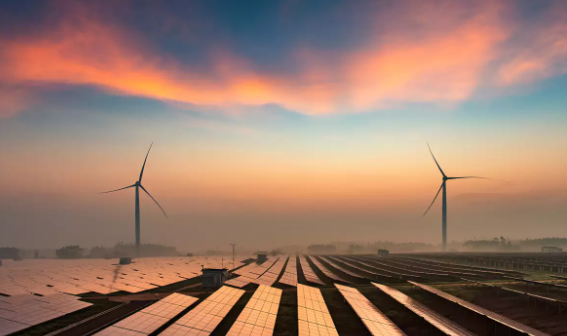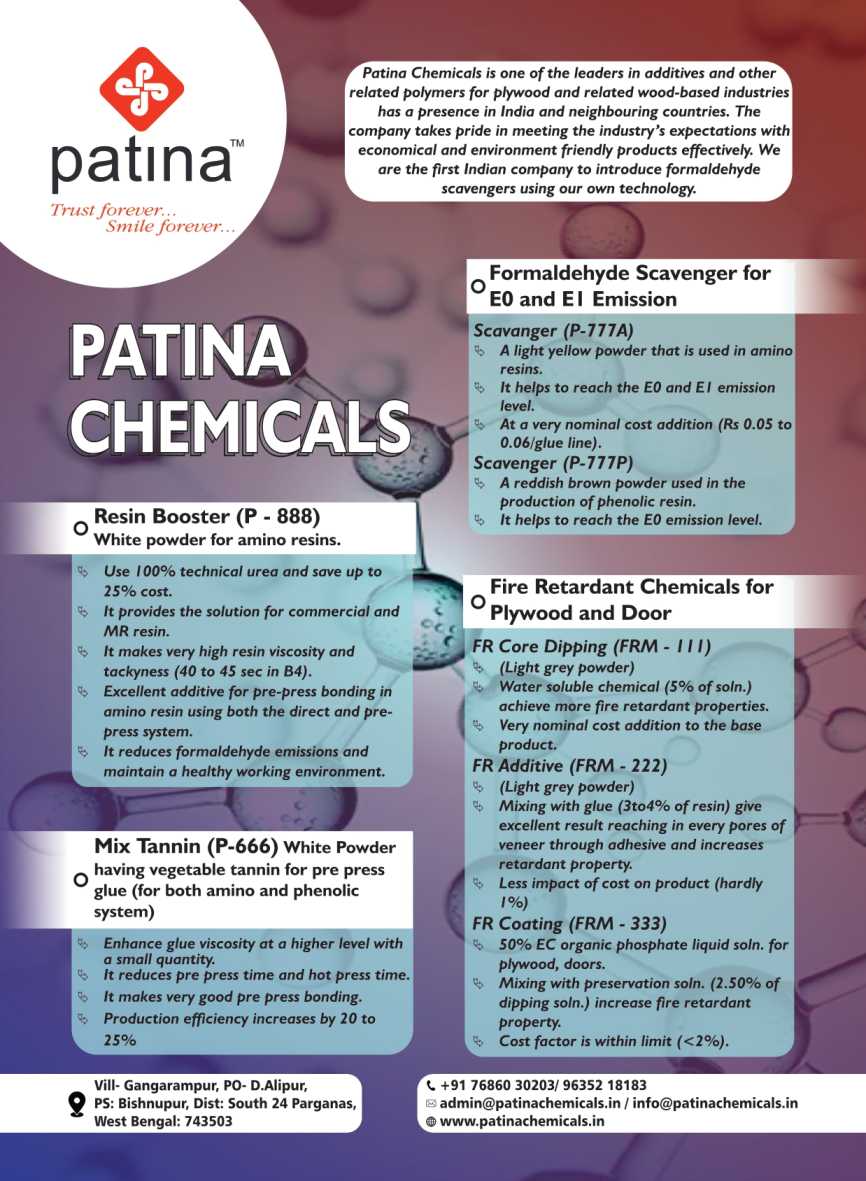
Strong energy policy needed
- July 7, 2022
- 0
Due to the inflation of crude in the international market, not only is India’s inflation rate becoming uncontrollable, but there is a heavy burden on the common middle class. Similarly, due to the huge increase in the price of natural gas, questions are also being raised on the target of increasing the share of gas in the country’s economy to 15 percent by the year 2030. The rising prices have made it difficult to import coal and this is affecting the production of electricity in the country. If the Reserve Bank of India is to be believed, there is a need to formulate a comprehensive energy planning strategy in view of the challenges of the energy sector.
In the currency and finance report of RBI released recently, a detailed assessment of India’s energy situation has been done. It states that crude oil production in India has been stagnant since the early 1990s and in fact India’s dependence on imported oil has increased over the past ten years. Natural gas production is also declining steadily. The factors attributed to this are limited technical capabilities of domestic companies. The central bank has made two important suggestions in this regard. First, ONGC and private companies should try to increase production through foreign technology. Second, the central government should allow companies to charge better prices to attract investments.
Share of gas in the economy may not grow as per the target RBI’s suggestion to formulate a comprehensive energy strategy seems to be correct even considering the gas prices in the international market. PM Narendra Modi has given a target to the concerned ministries to increase the share of gas in the country’s economy from the current 6 percent to 15 percent by 2030. However, efforts by the government to increase gas production from domestic fields have not yielded any significant results so far. British Petroleum, Shale Gas and the International Energy Agency have different estimates.
That by the year 2035, the share of gas in the economy may increase to a maximum of 10 percent. About 24 thousand MW power plants are unable to generate electricity due to gas shortage.
In 2021, Indian companies bought gas at an average rate of $10 per million metric British thermal units (mmBtu – the international standard for measuring gas), while the deals that have been done in the last two months cost $22-24 per mmBtu.
Coal ash disposal is a big problem
According to the CBI, India has the largest coal reserves, while it ranks third in terms of production. But most of the coal found in India has a high calorific value (heat released on burning) and produces a lot of ash, which is a big problem for disposal. Like crude and gas, coal has also become expensive in the international market. Right now it is around $320-280 a tone, which was on an average of $100 a tone last year. This is the reason why state governments or thermal power units are reluctant to import coal from abroad despite pressure from the central government.
सशक्त ऊर्जा नीति बनाने की जरूरत
अंतरराष्ट्रीय बाजार में क्रूड की महंगाई की वजह से ना सिर्फ भारत की मंहगाई दर बेकाबू हो रही है बल्कि आम मध्यम वर्ग पर भारी बोझ पड़ा है। इसी तरह से प्राकृतिक गैस की कीमतों में भारी वृद्धि की वजह से वर्ष 2030 तक देश की इकोनमी में गैस की हिस्सेदारी बढ़ाकर 15 प्रतिशत करने के लक्ष्य पर भी सवाल उठ रहे हैं। बढ़ती हुई कीमतों से कोयला आयात करना मुश्किल हो गया है और इससे देश में बिजली का उत्पादन प्रभावित हो रहा है। भारतीय रिजर्व बैंक की माने तो ऊर्जा सेक्टर की चुनौतियों को देखते हुए एक व्यापक ऊर्जा प्लानिंग रणनीति बनाने की जरूरत है।
पिछले दिनों जारी आरबीआई की करेंसी व फाइनेंस रिपोर्ट में भारत की ऊर्जा स्थिति का विस्तृत आकलन किया गया है। इसमें कहा गया है कि कच्चे तेल का उत्पादन भारत में वर्ष 1990 के दशक के बाद से स्थिर है और असलियत में पिछले दस वर्षों में आयातित तेल पर भारत की निर्भरता बढ़ी है। प्राकृतिक गैस का उत्पादन भी लगातार घट रह है। इसके लिए जिन तथ्यों को जिम्मेदार माना गया है उसमें घरेलू कंपनियों की सीमित तकनीकी क्षमता भी एक है। इस बारे में केंद्रीय बैंक ने दो अहम सुझाव दिए हैं। पहला, ओएनजीसी व निजी कंपनियों को विदेशी तकनीक के जरिये उत्पादन बढ़ाने की कोशिश करनी चाहिए। दूसरा, केंद्र सरकार को निवेश आकर्षित करने के लिए कंपनियों को बेहतर कीमत वसूलने की छूट मिलनी चाहिए।
लक्ष्य के अनुरूप नहीं बढ़ सकेगी इकोनमी में गैस की हिस्सेदारी एक व्यापक ऊर्जा रणनीति बनाने की आरबीआइ का सुझाव अंतरराष्ट्रीय बाजार में गैस कीमतों को ध्यान में रखते हुए भी सही प्रतीत होता है। पीएम नरेन्द्र मोदी ने संबंधित मंत्रालयों को देश की इकोनमी में गैस की हिस्सेदारी मौजूदा छह प्रतिशत से बढ़ाकर वर्ष 2030 तक 15 प्रतिशत करने का लक्ष्य दिया है। हालांकि सरकार की तरफ से घरेलू फील्ड़ों से गैस उत्पादन बढ़ाने की कोशिशों का अभी तक कोई खास परिणाम नहीं निकला है। ब्रिटिश पेट्रोलियम, शैल गैस और इंटरनेशनल एनर्जी एजेंसी का अलग-अलग आकलन है कि वर्ष 2035 तक इकोनमी में गैस की हिस्सेदारी अधिकतम बढ़कर 10 प्रतिशत ही हो सकती है। लगभग 24 हजार मेगावाट के बिजली संयंत्र गैस की कमी की वजह से बिजली नहीं बना पा रहे हैं।
वर्ष 2021 में भारतीय कंपनियों ने औसतन 10 डालर प्रति मिलियन मीट्रिक ब्रिटिश थर्मल यूनिट (एमएमबीटीयू- गैस मापने का अंतरराष्ट्रीय मानक) की दर से गैस खरीदी थी जबकि पिछले दो महीनों में जो सौदे किए गए हैं, उनकी कीमत 22-24 डालर प्रति एमएमबीटीयू है।
कोयले की राख का निस्तारण बड़ी समस्या
आबीआइ के मुताबिक भारत के पास सबसे बड़ा कोयला भंड़ार है, जबकि उत्पादन के मामले में तीसरे स्थान पर है। लेकिन भारत में मिलने वाला अधिकांश कोयले का कोलिरिफिक वैल्यू (जलाने पर निकलने वाली ऊष्मा) काफी है और इनसे बहुत ज्यादा राख पैदा होती है, जिसका निस्तारण बड़ी समस्या है। क्रूड और गैस की तरह कोयला भी अंतरराष्ट्रीय बाजार में महंगा हो चुका है। अभी यह 320 से 280 डालर प्रति टन के करीब है जो पिछले वर्ष औसतन 100 डालर प्रति टन रहा था। यही वजह है कि केंद्र सरकार के दबाव के बावजूद राज्य सरकारें या थर्मल पावर यूनिट विदेश से कोयला आयात करने से हिचक रही हैं।
































































